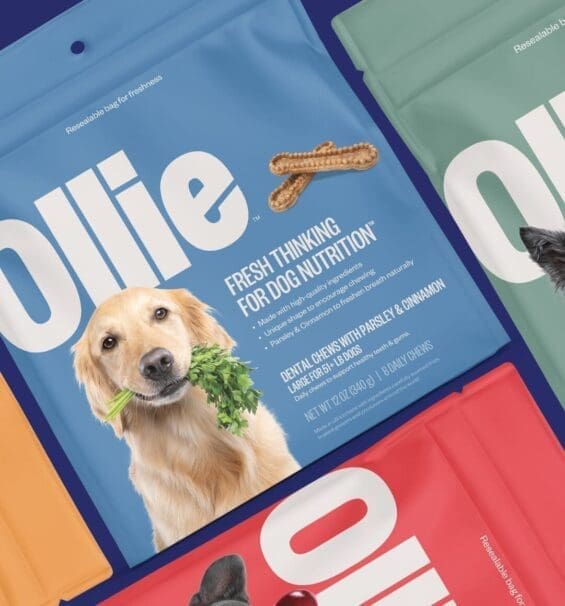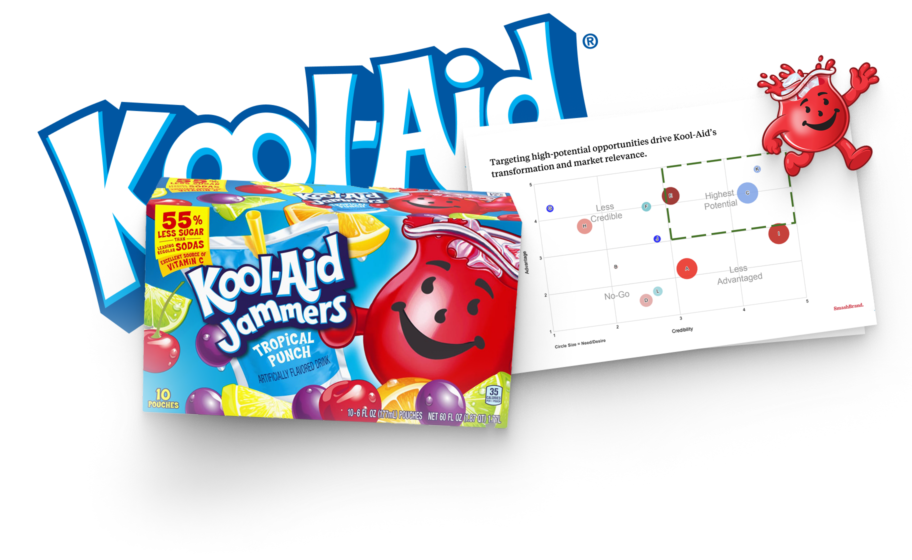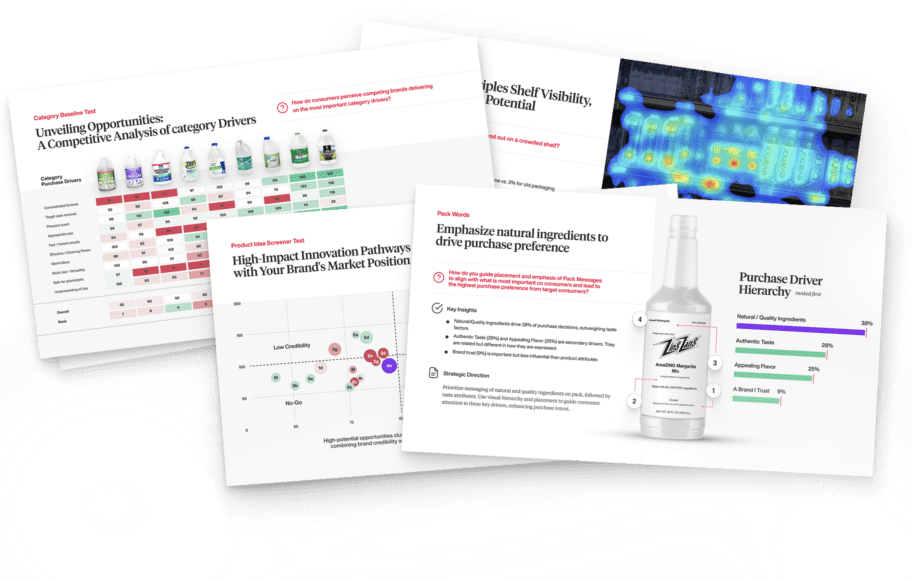You can spend millions driving traffic, but it’s wasted if your DTC website design doesn’t close the deal, create loyalty, and increase a consumer’s lifetime value for online and offline shopping. The first impression of your DTC website design must impress and convert visitors into customers.
This is where most DTC brands fall short. They invest in digital marketing, email marketing, and even social media, but treat DTC landing pages like afterthoughts. They disconnect user experience from customer experience and miss how real people shop.
This article will show you how to fix it. From web design to logo design, insight to execution, we’ll walk through what it takes to build an impactful DTC website design that enables growth, not just speaks. It is built for performance, grounded in data, and ready for market use.
Beautiful websites alone don’t convert.
Here’s the problem: DTC brands obsess over aesthetics, branding, photography, and sleek Shopify website animation, but forget that the goal is to convert visitors into customers. Brands must not treat their DTC website as a digital showroom because it’s a performance platform.
When user experience takes a back seat to visual flair, everything else suffers: your product page doesn’t convert, your content marketing goes unnoticed, and your traffic becomes expensive noise. The result? Lost revenue, wasted ad spend, and a DTC website that feels more polished than persuasive. Even with all the right DTC marketing moves, you lose momentum at the moment that matters most: the buy.
The disconnect often comes from how the work is done. A typical agency starts with mood boards and mockups, with a few analytics tags sprinkled in. But building a DTC e-commerce experience that performs means starting somewhere else entirely: with the consumer, their behavior, and a marketing strategy built around how they make decisions.
Design for the 10-second buyer journey.
Just like in-store, buyers move fast in the DTC model. You have seconds to attract and convert the target customer. That’s why understanding the 10-second rule is critical: if your site doesn’t immediately speak to the consumer about who it’s for, why it matters, and what to do next, they’re gone. This is what drives or stalls DTC growth.
Your DTC website design must immediately hook the right target audience, build credibility at a glance, and move them toward action without confusion. If you miss that window, no amount of influencer marketing or SEO will bring them back. Strong branding means clarity and immediacy. Your CPG brand competes with other retail partners, and every tab open in a shopper’s browser. They get the customer journey wrong and don’t even reach the cart.
Design attracts attention. Messaging converts it.
Most design agencies prioritize clever taglines and stylized graphic design, forgetting that the goal of a DTC strategy is to convert at the lowest possible customer acquisition cost. Headlines that try to be witty but say nothing. Product offering pages are buried in features but lack real benefits. It’s a branding exercise that ignores the reality of how people shop, especially on a mobile device.
Real customer engagement comes from clarity. Shoppers don’t have time to guess what you’re selling or why it matters. Every word on your online store needs to do work: reflect buying motivations, address unique challenges, and strengthen the customer relationship. That means using tested value propositions, not marketing poetry.
Great messaging is strategic. It’s shaped by insight, sharpened through ongoing optimization, and validated by its performance in social media marketing, email, and across the funnel. Design gets them to pause, while the message gets them to act. One without the other is wasted effort.
Let data drive design choices.
Most DTC brands rely on assumptions: “We think this image works,” “This headline feels strong.” But instincts aren’t insights. Real performance comes from consumer validation at every stage: messaging, layout, hierarchy, imagery. If your DTC website doesn’t earn trust and drive action, it’s a decoration.
A DTC company with strong experience in direct marketing doesn’t guess; it tests. Headlines are chosen based on lift, not preference. Images are selected because they drive more clicks from a potential customer. Structure is shaped by how people scroll. Tools like Google Analytics are used to reveal friction, not just track traffic.
Brands that iterate based on real behavior see tangible increases in purchase intent and customer satisfaction. Every validated decision strengthens the customer relationship and refines the product offering.
A design agency focused on outcomes will always ask the better question: what’s working, and how do we make it work harder? That’s what turns a nice-looking DTC site into a high-performing one.
Create a seamless brand experience.
Trust breaks down when your CPG website design feels disconnected from what consumers see on the shelf, in ads, or in unboxing moments. Your packaging design and website design must tell consumers the same story. That means using the same visual cues, value proposition, and tone of voice across all touchpoints, from your DTC packaging design to your product detail page. The goal is to reinforce brand equity with every click and glance.
Here’s what a seamless brand experience looks like:
- Cohesive messaging between packaging and online
- Consistent use of color, typography, and iconography
- Aligned claims and RTBs across channels
- Harmonized voice, from product copy to checkout flow
- No jarring shifts between email, ads, and site experience
- Adapted website design trends that serve function, not just fashion
When you align your website design with your shelf presence, you remove friction, build confidence, and ensure that every channel, DTC or retail, works harder to convert.
Integrate strategy, design, and testing.
A high-performing DTC site doesn’t come from guesswork; it comes from a thorough process. An innovative brand development process integrates strategy, design, and testing so every move is intentional, not experimental. The process begins with a brand positioning grounded in real consumer insights. Brands must align their DTC websites with how people think, shop, and decide.
Everyone, from the packaging design agency to the web team, works from the same playbook, focused on the same purchase drivers. Designs aren’t final until tested early, often, and in context. What gets refined isn’t just the look, message, layout, and function across digital and physical formats.
Iterate, test, and optimize continuously.
The best DTC website designs aren’t a one-size-fits-all process. They’re built to evolve because launch isn’t the finish line, it’s the baseline. Post-launch is where performance starts. This is when you test what matters: headlines that drive clicks, CTA colors that convert, navigation paths that reduce drop-off.
A/B testing is necessary because it separates what works from what looks good on a pitch deck. Iteration must not be treated as a fix but as a part of the plan. Brands must leverage continuous optimization to improve the outcomes, one data-backed change at a time. If your site isn’t learning and adjusting, it won’t last.
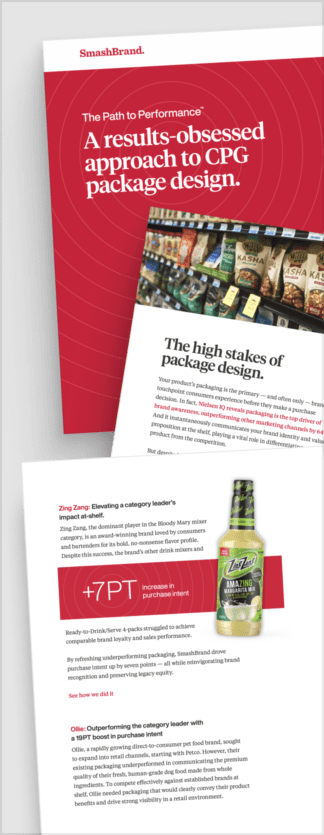
Path to Performance™
Taking a results-obsessed approach to CPG package design.
Learn how SmashBrand’s proprietary process – rooted in scientific principles, informed by data, and validated by your target audience – takes the guesswork out of package design and delivers guaranteed results.
Common mistakes to avoid during the DTC website design process.
Even with the best intentions, most DTC sites underperform for the same reasons. These structural flaws stall conversion, erode trust, and waste budget. If you’re serious about building a site that sells, these are the traps you can’t afford to fall into. Here’s where most brands get it wrong and how to ensure you don’t.
Over-prioritizing aesthetics over conversion.
Design matters, but not more than function. Many DTC brands get caught chasing visual trends or treating their site like a branding showcase. The result? Beautiful websites that don’t move products. Design should serve performance. Every image, type choice, and layout decision must be tied to conversion, not creative taste.
Failing to define a clear value proposition.
As already mentioned, you have seconds to convince a shopper to stay. They’ll leave if your landing page doesn’t immediately explain what you sell, who it’s for, and why it’s better. Avoid vague taglines or overused claims. Lead with a clear, tested value proposition that reflects real consumer buying triggers.
Neglecting mobile optimization.
Most DTC traffic hits your site from a mobile device. Yet too many brands still design for desktop first and retrofit later. The result is a clunky, frustrating experience that kills conversion. Mobile is your primary storefront, so optimize your DTC website design for tap, scroll, and fast load times from the start.
Overloading navigation and options.
More choice doesn’t always mean better UX. A bloated menu, endless product filters, or too many CTAs can paralyze decision-making. Streamline your navigation guide to guide users toward high-converting actions. Every click should move the customer closer to checkout, not sideways.
Weak or unstructured product pages.
Your product page isn’t just a spec sheet; it’s the point of persuasion. Common mistakes include burying key info, relying on bland descriptions, or failing to highlight benefits. A strong product page combines tested messaging, social proof, optimized imagery, and clear calls to action, structured around how people actually buy.
Inconsistent branding across channels.
If your site doesn’t feel like an extension of your packaging, ads, and retail presence, you’re creating brand confusion, which weakens trust. A DTC site should reflect the same identity, tone, and messaging hierarchy found across every consumer touchpoint. Cohesion builds confidence, while fragmentation kills it.
Skipping testing and post-launch optimization.
Too many DTC brands launch their websites and then consider it the end of the process. In reality, it’s not. It’s the beginning of real performance work. You’re guessing what works without testing headlines, visuals, layouts, and CTAs. High-performing DTC brands treat testing as standard practice, not a fix. Iterate constantly. Improve deliberately.
Ignoring analytics and behavioral data.
If you’re not watching how users move through your site, you’re flying blind. Tools like Google Analytics, heatmaps, and user session recordings reveal friction points you can’t see from the front end. Don’t assume. Measure. And act on what the data shows because your opinion isn’t what pays the bills.

Nice Package
Don’t miss out on our monthly newsletter Nice Package!
Each month, we deliver a data-driven newsletter directly to your inbox, unpacking a critical topic in the FMCG & CPG industry.
"*" indicates required fields
Data-Driven Brand Development
Looking for a packaging design company that delivers more than promises? SmashBrand integrates strategy, testing, and design to create packaging that wins at shelf and accelerates sales. We back it with data and a guarantee. Don’t gamble with your brand. Choose a partner obsessed with performance.
Subscribe to
Nice Package.
SmashBrand’s Nice Package: Stay current with our latest insights
Free Resource.
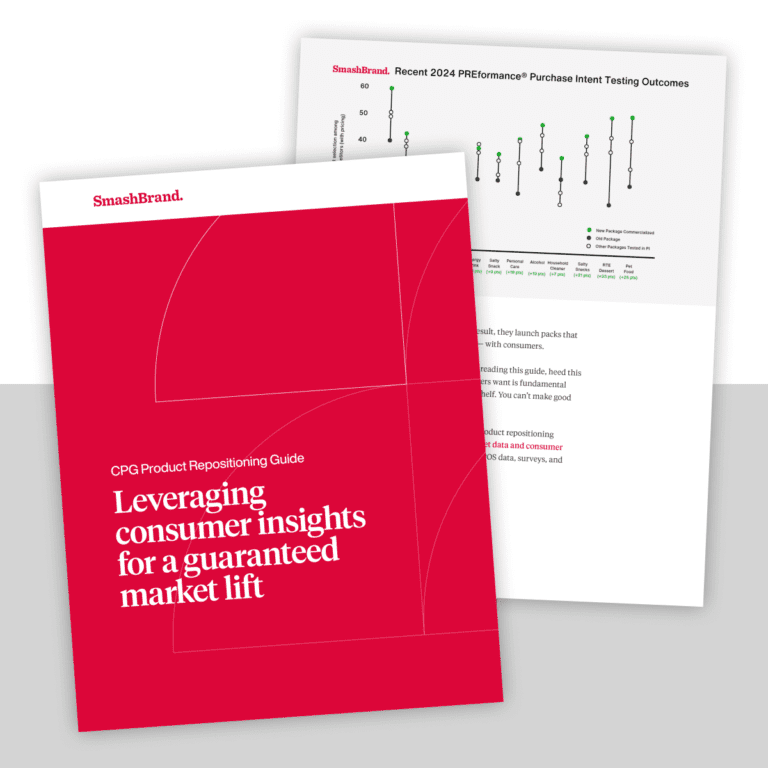
CPG product repositioning guide.
Explore the five undeniable signs your CPG product needs repositioning along with strategies for leveraging consumer insights for a guaranteed market lift.
Download Whitepaper About CPG product repositioning guide.
